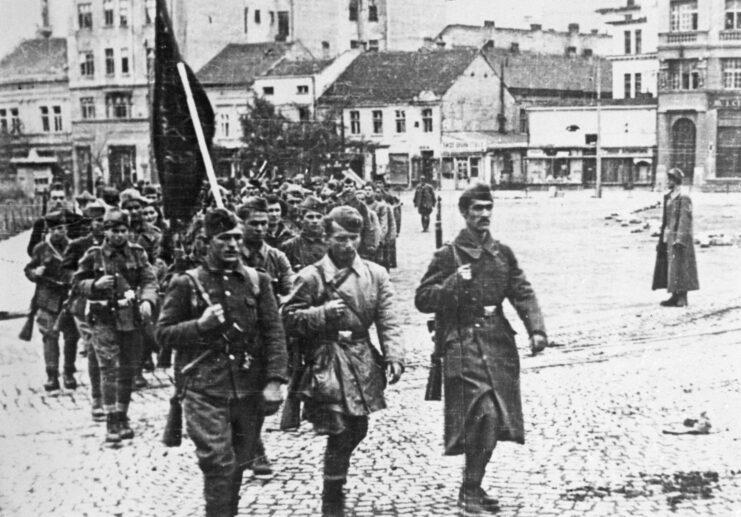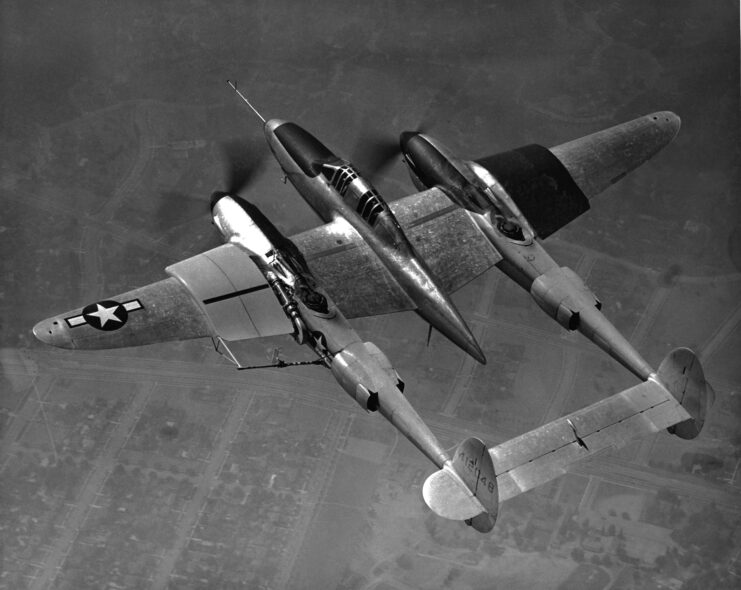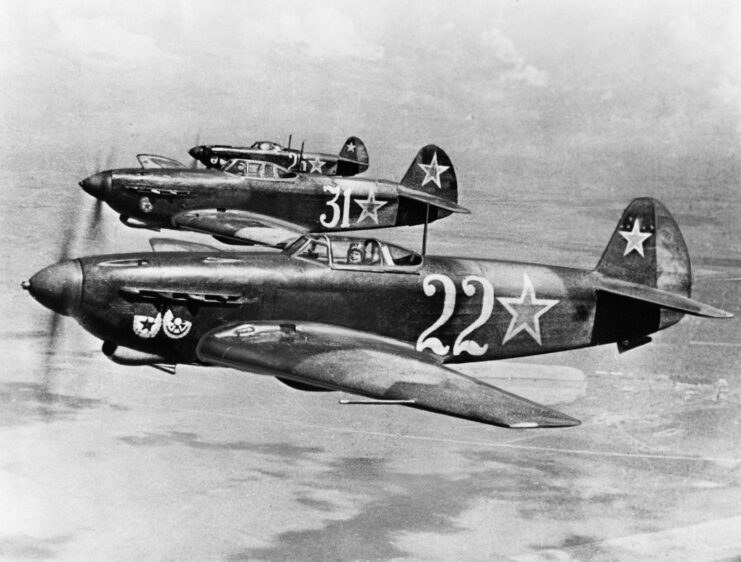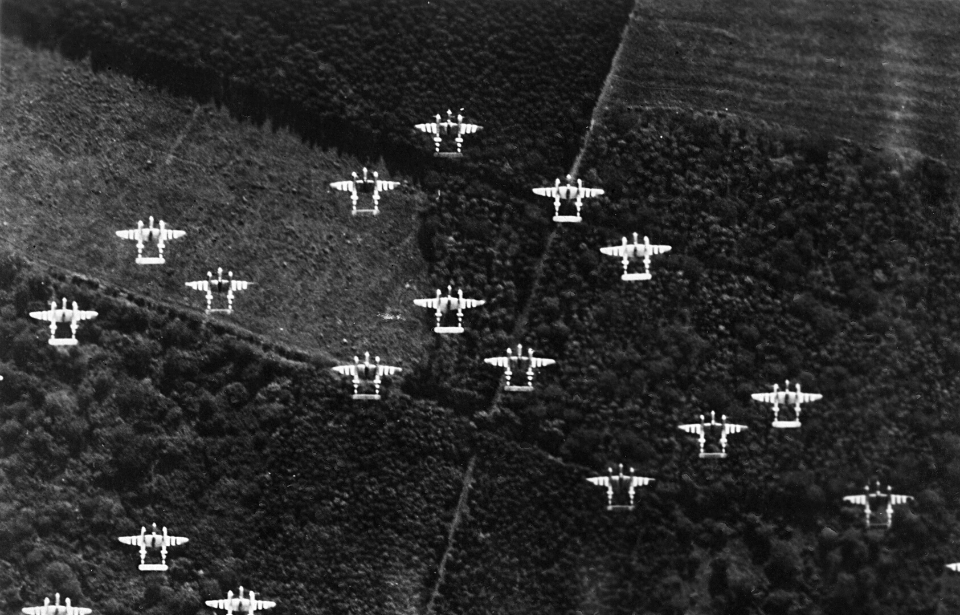During the Second World War, the United States teamed up with the Soviet Union to fight the German threat. That’s why, in late 1944, it came as a surprise when American pilots attacked Red Army ground troops near the Serbian city of Niš. The reason for the assault is unclear, as both sides consider it classified. One thing is for certain, however: the Niš Incident was an example of friendly fire.
A big mistake by the American forces

On November 7, 1944, the Soviet 6th Guards Rifle Corps was moving toward Belgrade, Serbia. They were tasked with reinforcing the Hungarian front along the south, in case of an attack.
The US 82nd Operations Group (82 OG) was providing air assistance to the Red Army at the time. That being said, this day was different, as the Americans made a serious mistake. Apparently, they were unaware the Soviets had advanced 100 kilometers further than expected. Despite word from the command of the US Mediterranean Air Force that there were no known German forces near Niš, the 82nd attacked.
Allegedly, they thought the Soviets were Germans.
Friendly fire dogfight

A group of Lockheed P-38 Lightnings open-fired on the Soviet convoy. It’s unclear how many American aircraft were involved in the attack, but the Red Army quickly retaliated, believing them to be Luftwaffe-flown Focke-Wulf Fw-189 Uhus.
Orders were given to Soviet pilots, based out of the nearby Niš Constantine the Great Airport, to aid in the engagement. Multiple Yakovlev Yak-9 and Yak-3s flew to the area, immediately engaging with the P-38s in an action-filled dogfight. It took some time, but the Red Army aviators eventually identified the white stars on the American fighters and laid off their weapons.
From the ground, the Soviets attempted to flag the Americans, to show they were firing at their allies. For whatever reason, they didn’t take notice of this information. It wasn’t until they showed the massive Red Star on their fighters that the American pilots realized they were engaging an ally and quickly withdrew.
What became known as the Niš Incident only lasted about 15 minutes. This may seem short, but it was enough for both sides to have aircraft shot down.
Different accounts of the Niš Incident

The exact reason for why the Niš Incident occurred is still unclear. The explanation given is that the Americans mistook the Red Army troops for Germans, but details have been handled as top secret.
Many speculate there may have been some other underlying reason for the attack. At the time, tensions were high between the US and the Soviet Union, and some believe the bad blood between the two was aired out that day. Whether this is true or not won’t be clarified until information becomes unclassified.
More from us: Emperor Hirohito’s Brother Criticized Japan’s War Crimes In the Second World War
Each side maintains their own account of what happened. The number of casualties for each varies, with the Soviets suffering between 31-34 casualties, around 37-39 wounded and 20 cargo trucks burned. The US contends that four Soviet aircraft and two P-38 Lightnings were lost that day, while the USSR claimed the total was actually two Yaks and five P-38s.
Ultimately, the US military apologized for the mistake.
